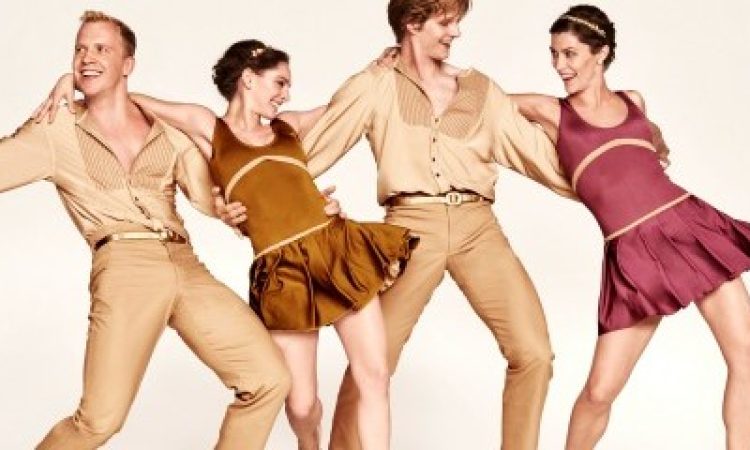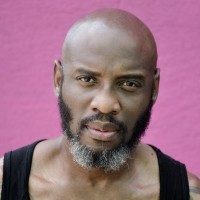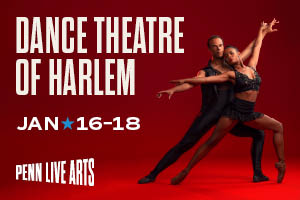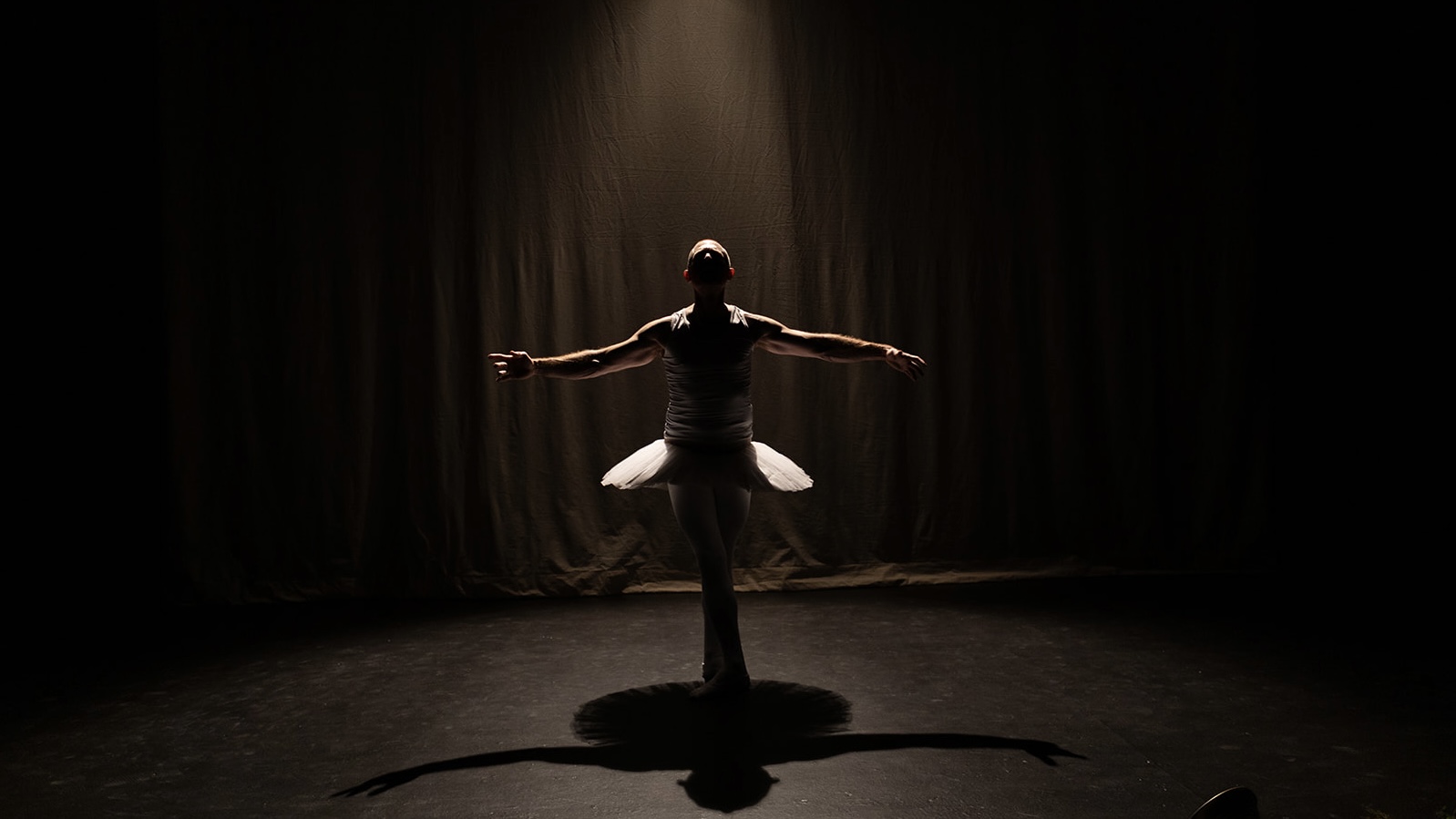Arts patrons in Philadelphia recently paid tribute to Twyla Tharp and her company as they celebrated their 50th anniversary. As the curtain went up, I recalled noting the lack of diversity within the company six years ago. Nothing had changed. On stage at the Annenberg, Japanese dancer Rika Okamoto stood out among a sea of dancers who appeared to be white.
In the September 2015 issue of Dance Magazine, Tharp responded to Gia Kourlas’ question about what kind of dancer she is drawn to by saying, “Eclectically and brilliantly trained. Very intelligent…. A willingness to work, but also an ability to work.” I searched for the word diversity in her answer but it was absent. She went on to explain what eclectic training means: “Everything. We have an open position, … parallel position…. You need to have it all. You also have to have a willingness to allow for movement to be funky or to be elegant.”
I then wonder how Tharp would answer the following question: “Are there not people of color who are intelligent, who are willing to work, who are eclectically trained, who are grounded and funky and elegant?”
In her new piece, Yowzie, Tharp uses New Orleans jazz music, titled “American Jazz,” which is mainly old Jelly Roll Morton songs recorded by Henry Butler with Steven Bernstein and The Hot 9. Jazz musician Wynton Marsalis explains that jazz music was created in New Orleans from the blending of blues (an African American-derived music form that recognized the pain in oppression and the victories in overcoming adversity), ragtime, and different types of church music.
Black traditions such as jazz can be co-opted and in so doing, reject the very body that formed their existence. Knowing this, I agree with Brenda Dixon-Gottschild who writes, “it is worth our while to examine how denial and appropriation serve the purpose of economic gain,” in her book Digging the African Aesthetics.
In his book Dancing Revelations, dance scholar Thomas DeFrantz writes of how George Balanchine and Tharp absorbed Africanist aesthetic devices of downward-directed energy, insistent rhythmicity, angularity of line, percussive rupture of underlying flow, individualism within a group dynamic, and access to a dynamic “flash of the spirit” that confirms simultaneously temporal presence and ubiquitous spirituality. DeFrantz adds that these choreographers often worked without the dancing black bodies that first explored these dimensions.
So when Gottschild asks the question, “why was it that the white world loved the culture but despised its creators – loved the black dance but hated the black dancer?,” in her essay, The Shape of Things to Come: Ruminations on Dancing in a Black Dancing Body, she rightly answers by saying, “The answer to this question is the ongoing power of racism and its perpetual grip on world consciousness. The sobering reality is that racism today is rearing its head in new and more complex ways at the same time that theories of race are facing extinction at the hands of academic scholarship.”
Earlier this year, the second companies of Pennsylvania Ballet (a predominantly white company) and The Philadelphia Dance Company (a predominantly African American company) shared the stage at the Painted Bride in Philadelphia. The show was called 2 Gether We Dance. Both companies performed on the same stage but they did so separately. When asked by an audience member in a post-show Q & A why the dancers from both companies didn’t do a piece together—after all, it was called 2 Gether We Dance—“we wanted to see if they would work well together … baby steps,” was their final answer. An answer that was dipped in diplomacy, wrapped in political correctness, and coated with banality.
I was curious as to how Tharp would respond to a question about race, racial inequality, diversity, and inclusion.
Seeing the 50th-anniversary concert brought back the memory of a colleague asking me to help pen questions for an interview with Tharp in 2009. I was familiar with her mastery in spatial design (The Golden Section), musical interpretation (Sinatra Suite), storytelling through movement (Movin’ Out), and fusing of genres (take your pick) along with the importance of jazz music in her work (Eight Jelly Rolls). But I was also stumped by the issue of race in her work. Shelly Washington, Donald Byrd, and other African American artists have collaborated with Tharp or danced in her company, and she has continually drawn inspiration from black culture, yet her company ranks don’t reflect the diverse perspectives and artists that inform her work. I decided to use the opportunity to probe this issue, and to connect with a larger conversation surrounding race in dance and dance studies, so I contacted DeFrantz to help me frame this question:
“How does Twyla think about race? She seemed to be part of the utopian-leaning ’60s wave of feminist artists for whom everything that could dissemble racial barriers appeared possible. But in actuality, not much changed regarding casting in her company for those who weren’t Euro-American.”
My colleague never asked the question, but it stayed with me. As time passed, the question became more relevant and conversation-worthy, especially with Misty Copeland being the first African American promoted to principal dancer of American Ballet Theatre.
The Tharp company’s lack of diversity on stage made me reminisce about my introduction to dance theory and how it came through the writings of Sally Banes, Arlene Croce, Deborah Jowitt, Sondra Horton Fraleigh, Edwin Denby, and Ann Cooper Albright. Mostly women and all white.
Though readily available, resources that documented dance and dancers from the African Diaspora were sparingly included in the curriculum at my alma mater. Where were the writings on (and by) people of color who have contributed, and are still contributing, to the growing field of dance?
Without discounting the works of the scholars listed above, I found this list problematic; culturally specific perspectives sometimes eradicate other voices, causing one’s idea to be framed, viewed and taught through a reduced lens. Values and aesthetic preferences are shaped, to an extent, by our life experiences—our background, race, class, gender, geography (among other factors), so when the bulk of scholarship on any topic is produced by primarily white academics, it is arguably limited (even if unintentionally so).
Wanting a broader scope through which to view history, I went in search of intellectual offerings by other dance scholars: Thomas DeFrantz, Brenda Dixon-Gottschild, Kariamu Welsh, Onye Ozuzu, Fern Yangyeitie Caulker-Bronson, Halifu Osumare, Cynthia Oliver, John Perpener, Takiyah Nur Amin, Veta Goler, and Nyama McCarthy-Brown, to name a few; people of color sharing perspectives on a history and culture that is not written, spoken or taught through a Eurocentric lens.
The erasure of people like myself from the history I was taught made me question African Americans’ presence everywhere: in books, on stage, on screen, in the curriculum, in faculties and even in the content of works being shown. Yes, I began to see race everywhere.
Although the world we live in is arguably still very segregated, the monochromatic depiction of whiteness as norm should always be questioned and challenged. The old “art imitates life” adage can only be substantiated if there is acknowledgment that life includes disparity and otherness. Diversity cannot be limited to hiring the lone black performer among a sea of white dancers.
I’ve read and cited interviews, researched reviews and explored articles that offer some analysis of Tharp’s work to shape my hypothesis as I continue to ask questions, but by no means does this essay thoroughly supply the answers to any of the questions that arise, so I’ll end with one last question:
“How can we (choreographers, teachers, directors, funders) start seeing the black dancing body as an entity that carries with it vital history, and represent it equitably, expanding and enriching what we value in dance?”
Twyla Tharp: 50th Anniversary Tour, Annenberg Center, October 30-November 1, http://www.annenbergcenter.org/event/twyla-tharp






